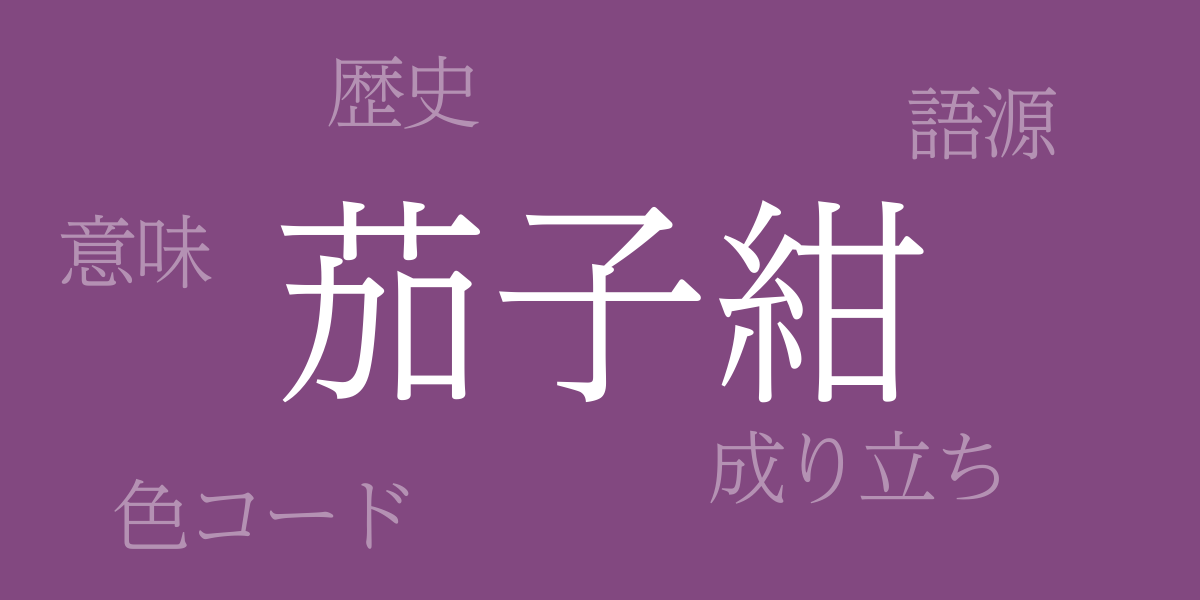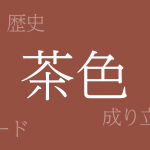Japanese traditional colors are renowned worldwide for their unique beauty. Among them, “Nasukon (茄子紺 – なすこん)” captivates many with its depth and serene atmosphere. This article explores the allure of Nasukon, delving into its history, color code, and Western name.
About Nasukon (茄子紺 – なすこん)
Nasukon (茄子紺 – なすこん) is a deep bluish-purple, reminiscent of the skin of an eggplant. Rooted in Japanese nature and culture, this color combines tranquility and elegance, frequently used in traditional garments and crafts. It remains beloved in contemporary fashion and design, conveying Japan’s unique chromatic beauty to the modern world.
The History of Nasukon
Nasukon was cherished among the nobility during the Heian period, especially favored for women’s attire. As time passed, it became widely used in samurai and commoner cultures, becoming a critical element in shaping Japanese color perception. During the Edo period, advancements in dyeing techniques made Nasukon more accessible to the general populace, cementing its status as a traditional Japanese color.
Nasukon Color Code
To replicate Nasukon in digital design and web production, accurate color codes are essential. Here are the codes:
- HEX: #824880
- RGB: R:130 G:72 B:128
- CMYK: C:60 M:82 Y:29 K:0
Western Name for Nasukon
In English, Nasukon is sometimes referred to as ‘Eggplant’ or ‘Aubergine.’ These terms directly translate to ‘eggplant’ but denote a deep purple color used in fashion and interior design.
Conclusion on Nasukon
Nasukon is a color that encapsulates Japanese tradition and aesthetics. Its rich hue has been loved through history and continues to enchant today without fading. In the digital age, knowing its color code allows for incorporation into various designs. Its Western name facilitates international recognition, helping to promote Japanese traditional colors globally.

























